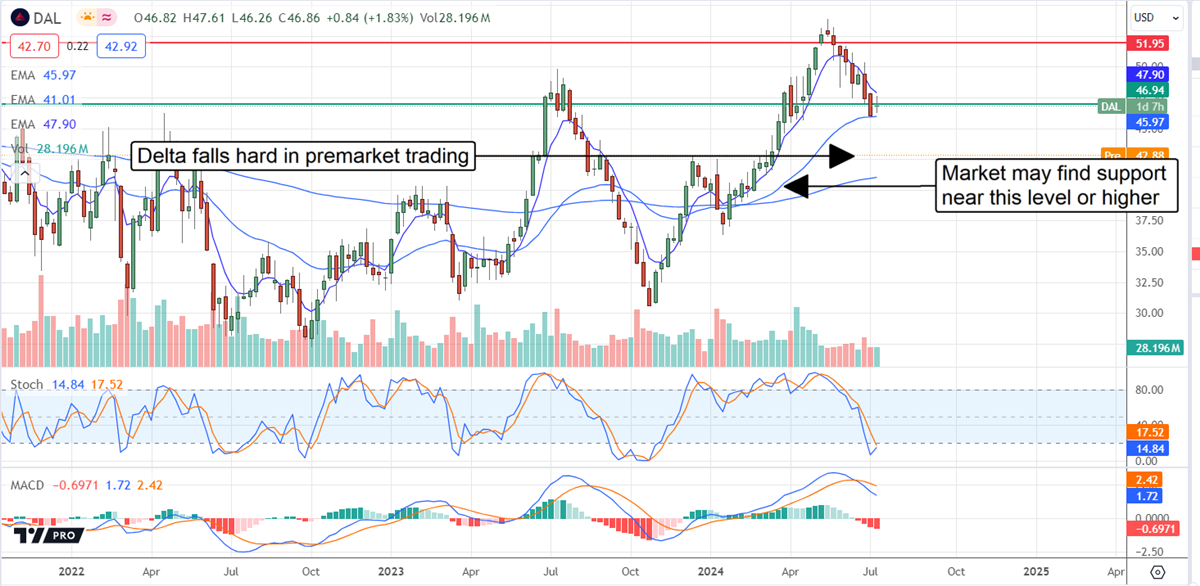Financial News
More News
View More
3 Pharmaceutical Growth Stocks to Buy and Hold for 10 Years
Today 11:13 EDT
Tesla’s Earnings Review: Does the Juice Justify the Squeeze?
Today 10:47 EDT
The Top 3 AI-Focused Defense Stocks to Put on Your Radar
Today 10:08 EDT
Recent Quotes
View More
Stock Quote API & Stock News API supplied by www.cloudquote.io
Quotes delayed at least 20 minutes.
By accessing this page, you agree to the Privacy Policy and Terms Of Service.
Quotes delayed at least 20 minutes.
By accessing this page, you agree to the Privacy Policy and Terms Of Service.
© 2025 FinancialContent. All rights reserved.










